In-person to online learning is not a one-to-one transformation
Since remote work has become the norm, organizations all over the world are responding by transitioning their in-person and hybrid or blended learning offerings into fully online experiences. Meeting the global demand for online learning is a smart move to make regardless of whether you already offer learning solutions or your organization wants to take advantage of this market opportunity. The downside, however, is that the rush to the eLearning market is causing some to make classic mistakes when it comes to learning design and development that drastically impact the quality of their training, limiting learning outcomes and wasting resources – mistakes that can be easily avoided. With people spending more and more time online for work, expectations around the quality of content is higher and the learner’s engagement is more crucial than ever before. Engagement, after all, is the gateway to customer retention.
The biggest mistake we see organizations making when they decide to transition to fully online learning is that they treat it as a “digitization” of their existing in-person or blended learning experience – ie. whatever they were doing in-person will now simply be delivered via Zoom.
But, we are here to tell you that “Zoom” is not a learning strategy.
Zoom is not a teaching strategy, it is not an instructional strategy, it is not even an approach. It is a delivery medium. Nothing more. In fact, Zoom can actually deter learning as it can cause stress in ways that in-person conversations do not.
Transitioning to online learning or going through a digital transformation of your learning services should not be an exercise in copying and pasting content into PowerPoint, Google Docs, or Moodle. In fact, doing this will actually accentuate the sense of value lost in the transition to online from in-person. Online learning and in-person learning will never be exactly the same – in the same way that a hug and a heart emoji will never be the same. By trying to teach in the same way both online and offline we are perpetuating the problem of setting the wrong expectations for our learners, creating the context for their inevitable disappointment. Online, blended, and in-person learning are different types of experiences. We need to leverage and emphasize what is engaging and effective about each and design within the constraints at play, instead of holding ourselves to old standards.
So, what should you do?
Take this moment of transition to consider, “how might we use this opportunity to consider what the learner experience (LX) should look and feel like as a fully online experience?” This is a moment to improve and augment the value of your offering, without it necessarily needing to cost a fortune in time and money. If you need input, we know some elearning experts who help you out. ;)
For example, how are you using digital tools, games, content, flexible timelines, and global collaboration opportunities, to name a few. These are exciting questions to ask that can redefine what the learning products or services can do for your stakeholders.
When it comes to transitioning to fully online learning, it’s worthwhile to take a moment to consider how you can achieve your existing objectives or set more ambitious ones by leveraging the unique qualities of an online experience instead of limiting yourself to in-person ones.


